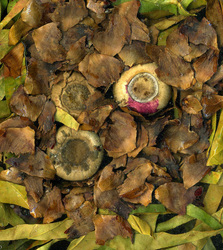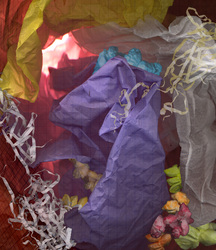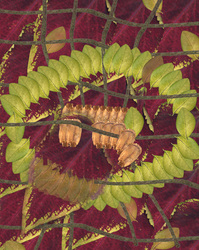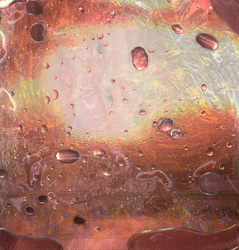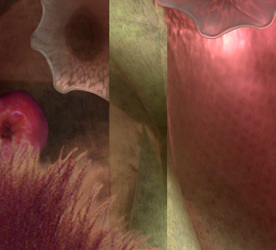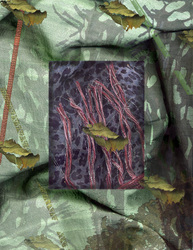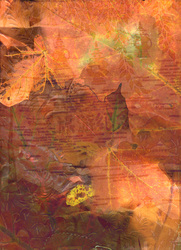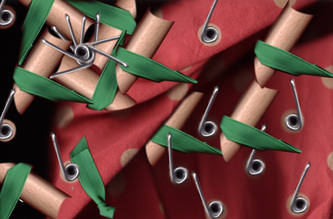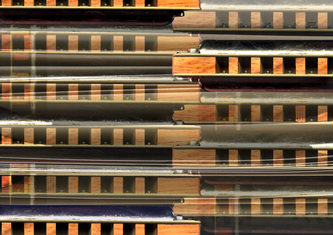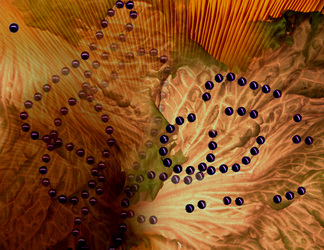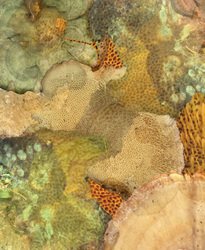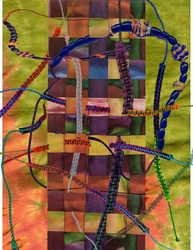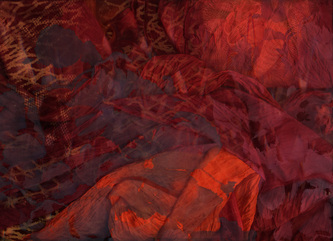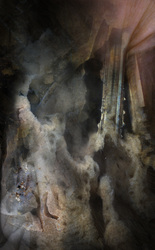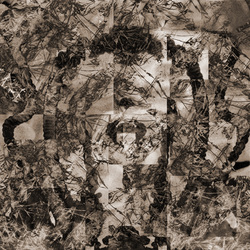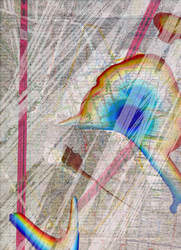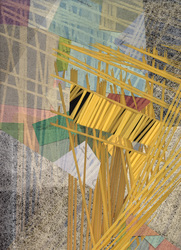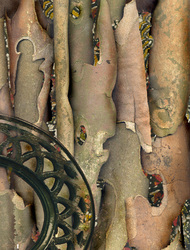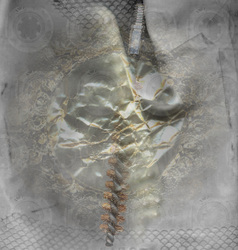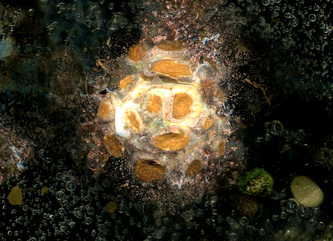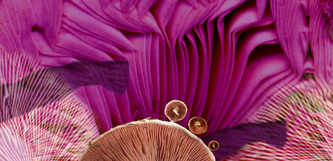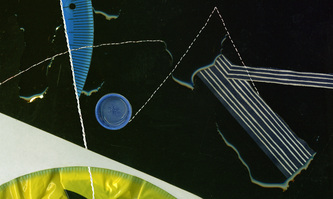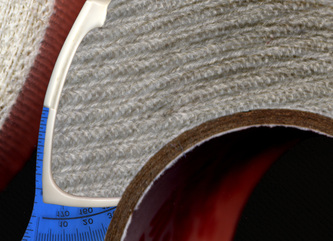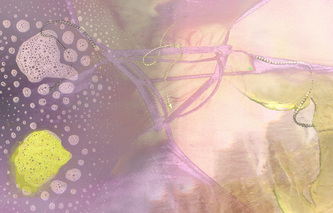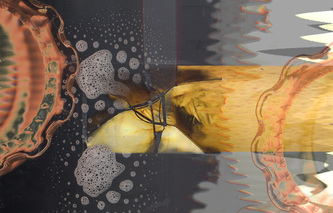|
|
EXPERIMENTAL COLLAGE:
Gathering separate elements and using digital tools to collage an abstract image, with an option to build from your first project. Scan at least one additional objects or multiple objects in individually and collage together using techniques in Photoshop. You can build on your previous project, but you should alter it substantially. Show all your selection skills, using full images in layers and masking on each layer. Do not leave areas “empty” but layer each texture to fill the space. Make sure you can identify the following: Open or closed composition Activating the whole picture plane Background shape and texture as interesting as foreground Integration of foreground and background Creating a sense of depth Unity of elements Focal point movement through the piece Symmetrical or Asymmetrical Balance Rhythm of elements Complexity/ obsessive attention to detail Surprise, mystery or unusualness Make several of these compositions and choose the best for critique. Put in the Petra Critique folder. For additional inspiration look at the design principles and elements presentation on the website and examples on this page. Artists: see artists from abstract formalism Experimental Collage: specific steps from class demo:
|
